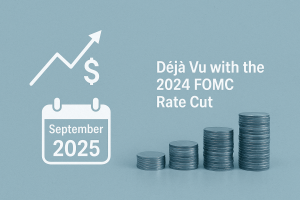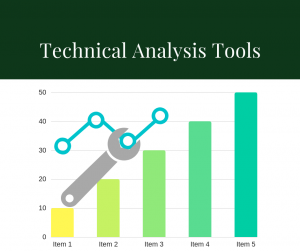Introduction
Forex trading, a dynamic and fast-paced market, offers numerous opportunities for traders to capitalize on currency fluctuations. Central to successful forex trading are the concepts of leverage and margin. These tools enable traders to control larger positions with a relatively small amount of capital. This comprehensive guide will delve into the intricacies of leverage and margin, providing practical advice on how to use these tools effectively.
Understanding Leverage In Forex Trading
Leverage is a double-edged sword in forex trading, offering the potential for significant profits as well as substantial losses. It allows traders to control a larger position than their initial capital would otherwise permit. For example, with a leverage ratio of 50:1, a trader can control $50,000 worth of currency with just $1,000 in their trading account.
How Leverage Works
Leverage works by borrowing capital from the broker to increase the size of the trading position. This borrowed capital amplifies both potential gains and potential losses. For instance, if the currency pair moves favorably by 1%, the profit on a leveraged trade can be significantly higher than the same trade without leverage. Conversely, if the market moves against the trader, the losses are equally magnified.
Leverage Ratios and Their Impact
Different brokers offer varying leverage ratios, typically ranging from 10:1 to 100:1 or even higher. A higher leverage ratio means greater potential profits but also higher risks. It is crucial for traders to understand their risk tolerance and use leverage judiciously. Over-leveraging can lead to margin calls and forced liquidation of positions, resulting in significant losses.
Calculating Leverage
To calculate leverage, divide the total value of the position by the amount of capital used. For example, if you open a position worth $100,000 with $2,000 in your account, your leverage ratio is 50:1. This calculation helps traders understand the extent of their exposure and manage their risk accordingly.
Understanding Margin In Forex Trading
Margin is the amount of money required to open and maintain a leveraged position. It acts as a security deposit to cover potential losses. When trading on margin, traders must maintain a minimum balance in their account, known as the margin requirement. If the account balance falls below this threshold, a margin call occurs, and the broker may close positions to prevent further losses.
Types of Margin
Initial Margin: The amount required to open a new position. This is calculated based on the leverage ratio and the total value of the position.
Maintenance Margin: The minimum balance that must be maintained to keep the position open. If the account balance drops below this level, a margin call is triggered.
Calculating Margin Requirements
Margin requirements vary depending on the leverage ratio and the size of the position. For example, with a leverage ratio of 50:1, the initial margin requirement for a $50,000 position would be $1,000. Brokers provide margin calculators to help traders determine the exact amount needed for their trades.
Risk Management Strategies
Effective risk management is crucial when trading with leverage and margin. Here are some key strategies:
Use Stop-Loss Orders: These orders automatically close a position when the market moves against the trader by a specified amount, limiting potential losses.
Diversify Your Portfolio: Spread your investments across different currency pairs and asset classes to reduce risk exposure.
Limit Leverage: Use lower leverage ratios to minimize the risk of large losses. New traders should start with minimal leverage and gradually increase as they gain experience.
Monitor Positions Closely: Regularly review your trades and account balance to ensure you meet margin requirements and adjust your strategy as needed.
Stay Informed: Keep abreast of market news and economic indicators that can impact currency prices. Being well-informed helps make better trading decisions.
Common Pitfalls And How To Avoid Them
Over-Leveraging: One of the most common mistakes is using excessive leverage, which can lead to significant losses. Always use leverage within your risk tolerance.
Ignoring Margin Calls: Failing to act on margin calls can result in forced liquidation of positions. Monitor your account regularly to avoid this.
Lack of a Trading Plan: Entering trades without a clear strategy increases the likelihood of emotional decision-making and losses. Develop and stick to a comprehensive trading plan.
Not Using Stop-Loss Orders: Failing to use stop-loss orders can lead to unlimited losses. Always set stop-loss levels to protect your capital.
Conclusion
Leverage and margin are powerful tools in forex trading that can amplify profits but also carry significant risks. Understanding how these tools work and implementing effective risk management strategies is crucial for success. By using leverage judiciously, maintaining adequate margin levels, and staying informed about market conditions, traders can enhance their trading performance and achieve their financial goals.



